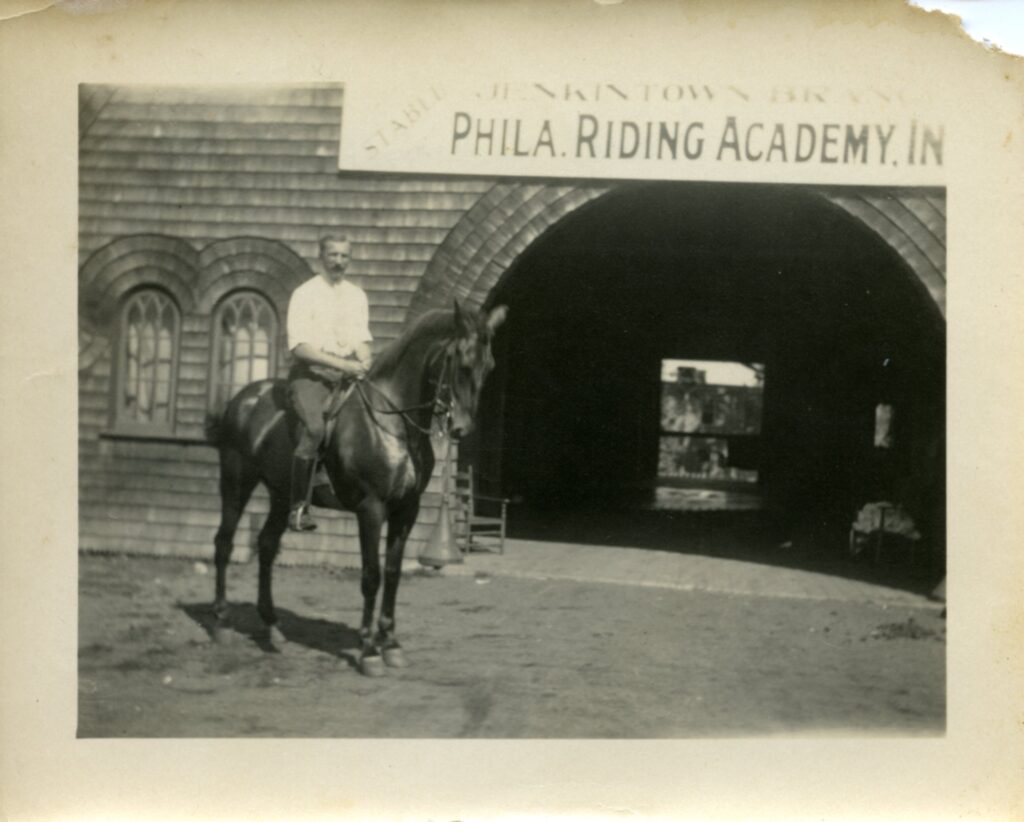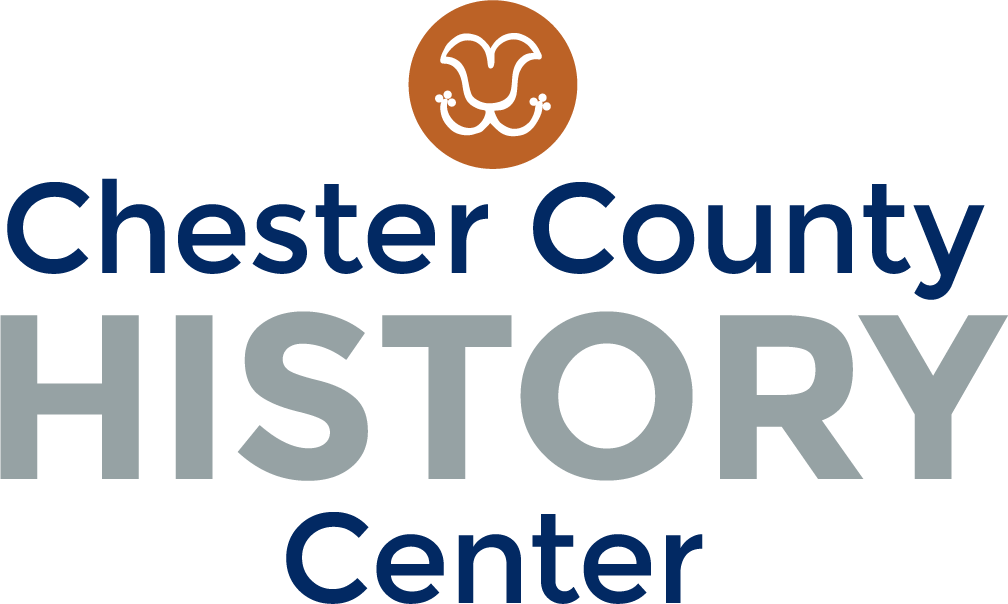An Intriguing History
By E. Richard McKinstry, Library Volunteer

In 1975, on his way home from the University of Delaware, Dr. Scott T. Swank, then a deputy director at the Henry Francis du Pont Winterthur Museum, located near Wilmington, Del., saw an old house in New London, Chester County, Pa. that intrigued him. It was on Route 896, nearly adjacent to the local Presbyterian Church, and judging from what its exterior looked like, was in need of restorative attention. Scott and his wife, Kathy, learned that the house was for sale. In October, they purchased it together with its outbuildings and nearly eight acres of land. Shortly afterward, they hired a general contractor to do a major overhaul of the house and its grounds.
As the Swanks explored the interior of their house, they discovered high-ceilinged rooms, intact fireplaces, a grand staircase, and woodwork that dated from 1838, the year the house was constructed; antique furniture, some of which had been broken; and an undamaged rosewood piano. As Dr. Swank would later write, “The attic was a nightmare of trash, where trunks of old clothing, sheet music and photographs had been dumped out and scattered among piles of old books. In a few places, leaks in the roof soaked the scattered contents, and we found a foot or more of coagulated debris. The debris showed evidence of damage from water and silverfish, and we saw numerous shed skins of black snakes.”

The Swanks were able to salvage a number of artifacts, photographs, and documents that offered insights into the lives of the house’s previous residents, specifically Mary Long Grier (1877-1944). In 1895, Mary graduated from Walnut Street Seminary in Philadelphia and then from the city’s School of Vocal Art in 1898. Her parents both deceased, Mary lived at Philadelphia’s Hotel Walton from 1905 to 1909 and took horse riding lessons at the Philadelphia Riding Academy. Along with her sister Jennie, Mary benefited from family trusts managed by the Girard Bank and the Colonial Trust Co., both in Philadelphia, and the Continental Bank and Trust of Norristown.
At the riding academy, Mary met Karol de Donimirski, a riding instructor and native of Poland. They were married on September 29, 1909 by a Methodist minister in Wilmington, Del. and resided in Philadelphia until January 4, 1912 when they moved to a farm in New London, Chester County, Pa., which Mary had purchased the year before for $17,000 using money generated by her trust funds. Mary and Karol established a horse farm on their property near the New London Presbyterian Church. Of course, the house eventually became the Swank’s.
Karol deserted Mary on March 29, 1913 for a new life in New York City, leaving her to manage their farm by herself. Mary tried unsuccessfully to convince Karol to return to New London to work out their differences, but he said he would never come back, suggesting that he might even return to Europe. In December, Mary hired an attorney, Ezekiel Hunn, to begin divorce proceedings. Hunn, in turn, hired New York City detective John Freiman to follow Karol in an effort to discover and provide evidence of his suspected marital infidelity. A 1918 document issued by the Chester County Court of Common Pleas reveals that Mary was successful in securing a divorce.

The Donimirski Collection (MS Coll. 266) consists chiefly of typewritten reports from 1913 and 1914 submitted by private investigators–principally Freiman, Louis Weinberg, and Joseph Wallace–on the social activities of Karol de Donimirski with members of the opposite sex while he lived in New York City, where he again worked as a riding instructor, this time at Central Park Riding Academy. The reports are dated–month, day, and year–and almost invariably are headed “Case. De Donimirski vs de Donimirski.” In addition, investigators noted their expenses on pre-printed cards, including payments for carfare, meals, and incidentals. Interspersed are letters having to do with the work of the investigators.
According to the typewritten reports, Karol led an active social life with a number of New York women. One detective even offered physical details of one of them, saying that Karol had entered his room with a woman, “an American 5 ft 7 inches 145 lbs, brown hair, fair complexion and very well built.” Another report observed that Karol had visited a private disorderly house. Still another outlined a conversation Karol had had with the detective during which he admitted experiencing a liaison with a Miss Olga, a Russian model. Finally, he found the company of Mrs. Ruth Bishop to be quite rewarding.
In the end, what had started as a home renovation project undertaken by the Swanks took an unexpected detour into a story worthy of an early 20th-century detective novel. What do the papers in your attic disclose about the people who lived in your house decades or a century ago?
